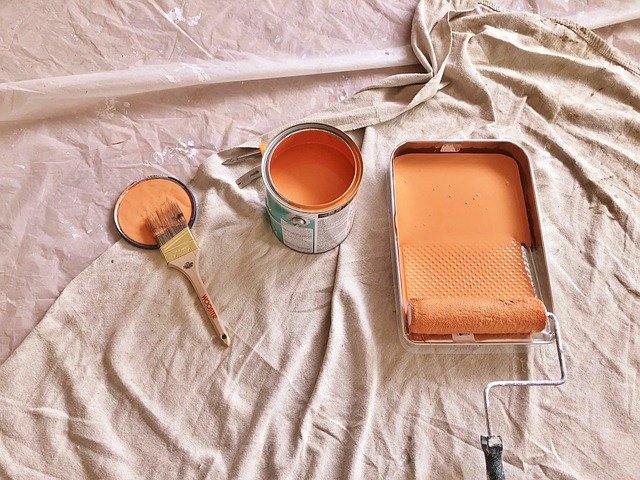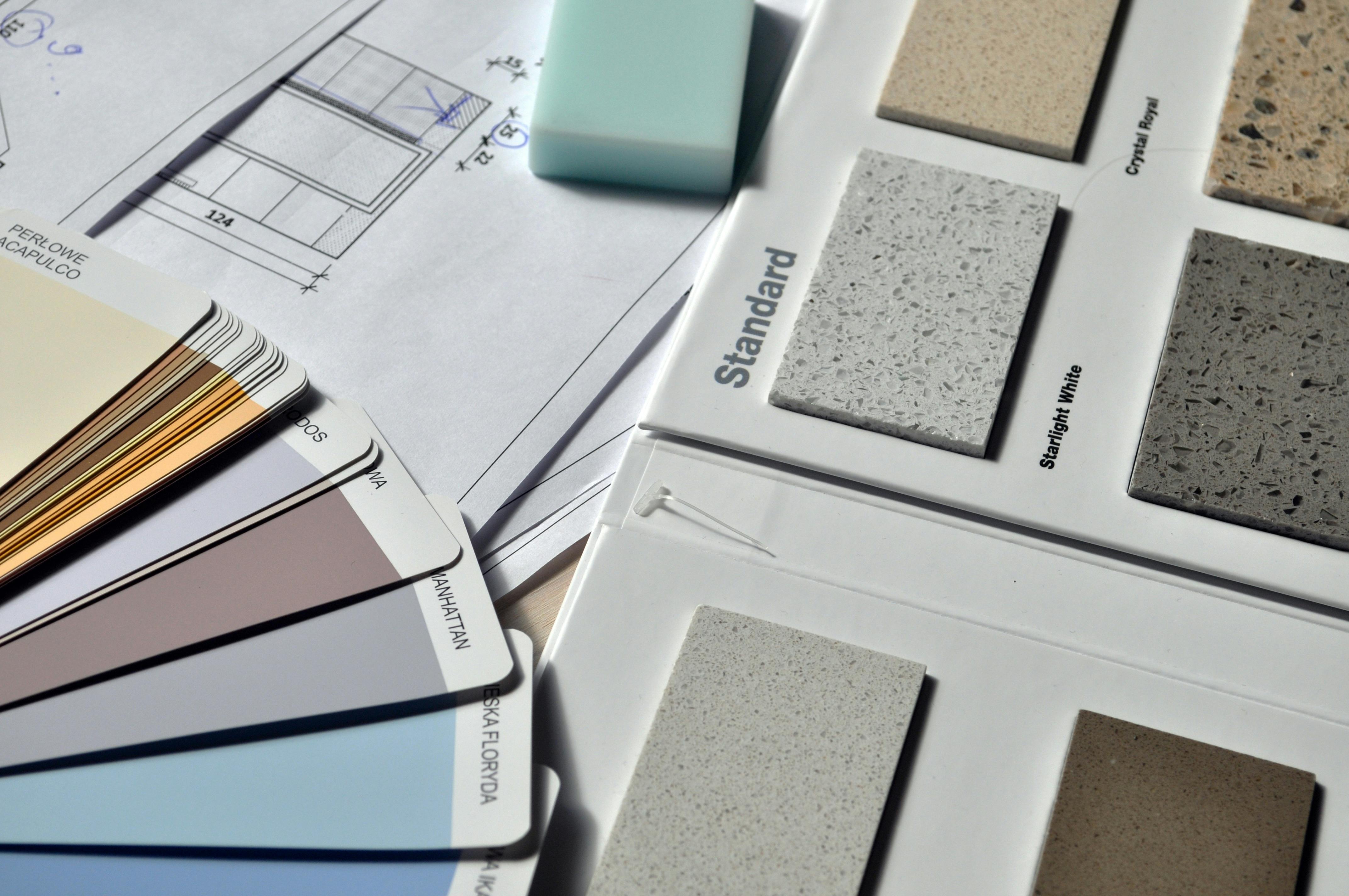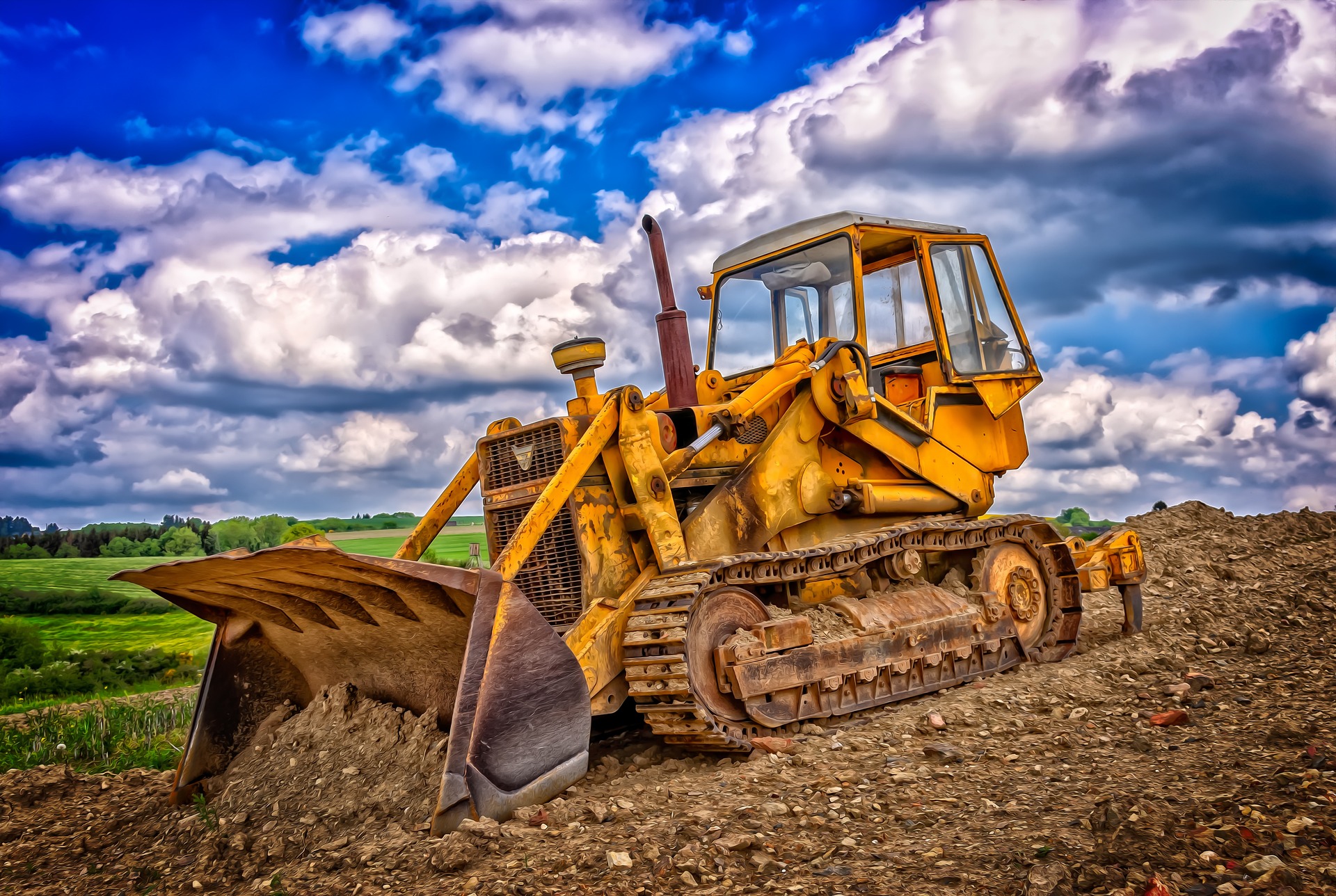How to Choose a Paint Spray Gun: Types, Maintenance, Tips & What Matters Before You Buy
Choosing a paint spray gun is more than picking a brand—it means understanding different types (airless, HVLP, compressed air), maintenance needs, and how well a tool handles thick paints. Do you need special compressors or filters? Can a used unit still perform? What safety gear is essential? This article answers the ten most common questions prospective buyers ask—covering tip selection, operating trade-offs, cleaning routines, and power sources—to help you move forward confidently when selecting a sprayer suited to your projects and setup.

What Types of Paint Spray Guns Are Available?
The paint spray gun market offers several distinct categories, each designed for specific applications and user preferences. Conventional spray guns require an air compressor and deliver excellent atomization for detailed work, making them popular among automotive painters and fine finishing professionals. High-volume, low-pressure (HVLP) guns reduce overspray significantly while maintaining quality results, though they typically require larger air compressors. Airless systems pump paint at high pressure through the spray tip without compressed air, making them ideal for large surfaces and thick coatings like latex paint.
How Do Airless Paint Sprayers Compare to Other Options?
An airless paint sprayer operates by forcing paint through a small orifice at extremely high pressure, creating a fan-shaped spray pattern without compressed air. These systems excel at covering large areas quickly and can handle thicker materials like texture coatings and primers without thinning. The trade-off involves higher equipment costs and more aggressive spray patterns that require careful technique to avoid runs and drips. Professional contractors often prefer airless systems for exterior painting and large interior projects because they significantly reduce application time compared to traditional methods.
What Are the Benefits of Cordless Paint Sprayers?
A cordless paint sprayer provides mobility and convenience that corded models cannot match, eliminating the need to work near electrical outlets or manage extension cords. Modern battery technology has improved significantly, with some units offering 30-45 minutes of continuous spraying on a single charge. These portable systems work well for small to medium projects, touch-up work, and situations where access to power sources is limited. However, cordless models typically have smaller paint capacity and may lack the power for heavy-duty applications compared to their corded counterparts.
Why Consider Graco Paint Sprayers for Your Projects?
Graco paint sprayer models have established a strong reputation in both professional and consumer markets through consistent performance and reliable engineering. The company offers a comprehensive range from entry-level handheld units to professional-grade airless systems capable of handling commercial projects. Many Graco models feature reversible spray tips for quick unclogging, adjustable pressure controls, and durable pumps designed for extended use. Their product line includes both corded and cordless options, allowing users to choose based on specific project requirements and budget considerations.
Which Paint Sprayer Technologies Work Best for Different Applications?
Different sprayer paint technologies suit various project types and coating materials. HVLP systems excel with stains, lacquers, and fine finishes where precision matters more than speed. Airless sprayers dominate large-scale projects involving latex paints, primers, and exterior coatings where coverage speed is essential. Compressed air systems offer versatility but require more equipment setup and maintenance. Consider your typical project size, coating types, and desired finish quality when evaluating these technologies, as each has distinct advantages in specific situations.
| Spray Gun Type | Price Range | Best Applications | Key Features |
|---|---|---|---|
| HVLP Electric | $150-$400 | Fine finishes, furniture | Low overspray, precise control |
| Airless Electric | $200-$800 | Large surfaces, latex paint | High coverage speed, thick materials |
| Cordless Handheld | $100-$300 | Small projects, touch-ups | Portability, easy cleanup |
| Professional Airless | $500-$2,000 | Commercial projects | Heavy-duty pump, large capacity |
Prices, rates, or cost estimates mentioned in this article are based on the latest available information but may change over time. Independent research is advised before making financial decisions.
Essential Maintenance Tips for Paint Spray Gun Longevity
Proper maintenance extends your spray gun’s lifespan and ensures consistent performance across multiple projects. Clean all components thoroughly after each use, paying special attention to the spray tip, filter, and paint passages where residue can cause clogs. Use appropriate cleaning solvents for your paint type—water for latex paints, mineral spirits for oil-based coatings. Store the unit properly by running cleaning solution through the system until it sprays clear, then follow manufacturer storage procedures. Regular inspection of seals, gaskets, and wear parts helps prevent unexpected failures during important projects.
Choosing the right paint spray gun involves balancing your project requirements, budget constraints, and long-term needs. Consider factors like typical project size, paint types you’ll use most frequently, available storage space, and your experience level with spray equipment. Research local dealers who offer equipment support and replacement parts, as ongoing service availability can significantly impact your satisfaction with any spray gun purchase. Taking time to understand these factors before buying ensures you’ll select equipment that serves your painting needs effectively for years to come.




